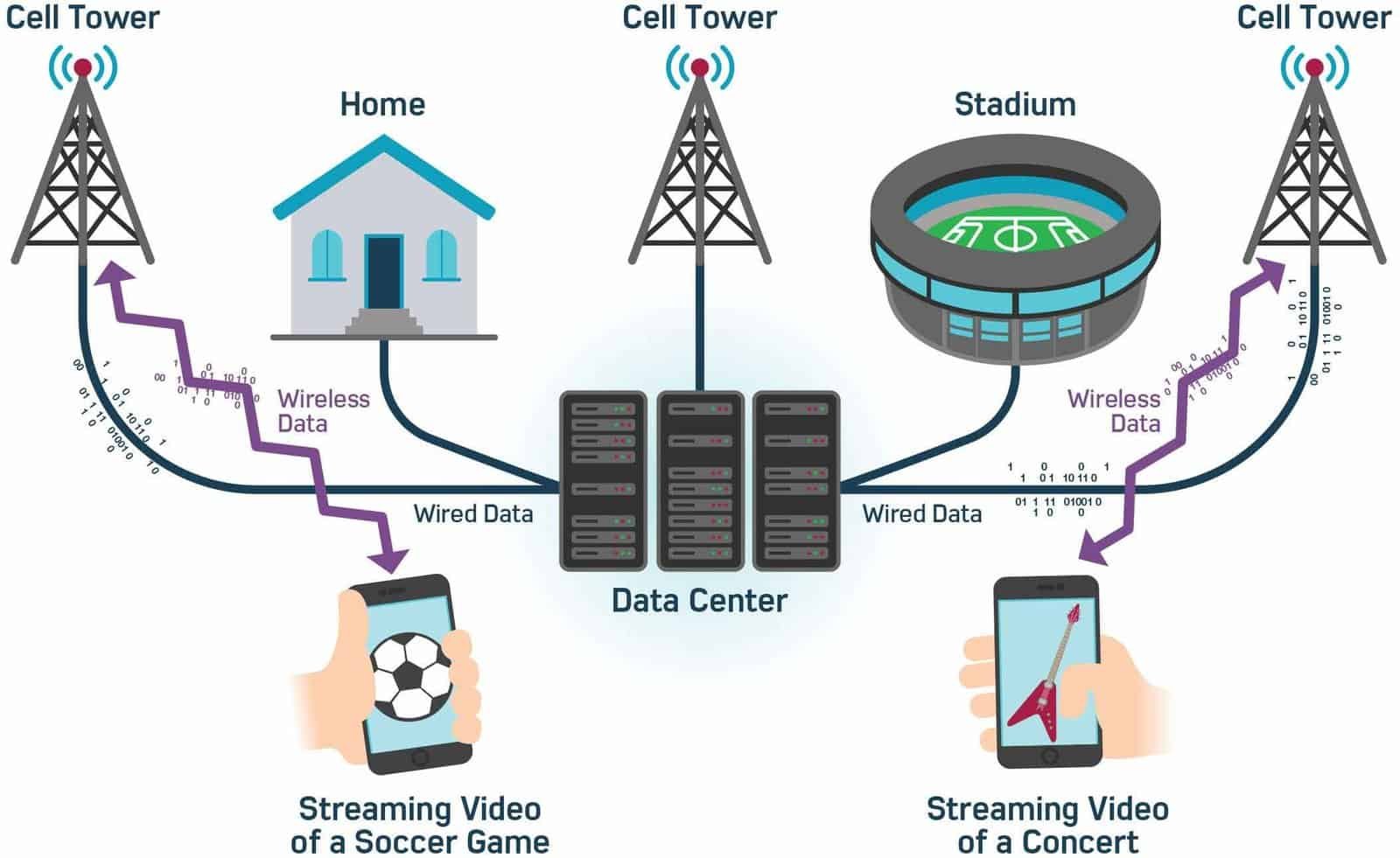In RF engineering, professionals often need to handle power measurements in various units to design and optimize systems effectively. A common challenge is understanding how to convert from EU to RF, where “EU” might be a custom or context-specific unit requiring conversion into standard RF power units like dBm or watts. This article explores this problem, analyzes the complexities involved, and provides actionable solutions using tools like RF power calculators and formulas to ensure accurate conversions for B-end users such as engineers and technicians.
The Problem: What Does "EU to RF" Conversion Mean?
The first hurdle in addressing how to convert from EU to RF is defining “EU.” Unlike standard RF units such as dBm, dBW, or watts, “EU” is not a universally recognized term in RF engineering. It could represent a proprietary “Energy Unit,” “Equivalent Unit,” or even a misnomer for something like “dBu” (decibels relative to one microvolt). This ambiguity creates confusion, especially when precise power calculations are critical for applications like wireless communications or antenna design. Without clarity, conversions can lead to errors, impacting system performance and reliability.
RF converters:

Analyzing the Challenge
To solve this, we must consider the context in which “EU” is used. In RF systems, power is typically measured in:
- dBm: Power relative to 1 milliwatt, widely used for signal strength.
- dBW: Power relative to 1 watt, common in high-power applications.
- Watts: The base unit of power, offering a direct measurement.
If “EU” is a custom unit, it might relate to one of these standards via a specific multiplier or formula. For example, in some industries, “EU” could denote a scaled value (e.g., 1 EU = 10 dBm) or an energy measurement requiring conversion to power. Alternatively, it might be unique to a specific software or toolset, necessitating reference to its documentation. The lack of a standard definition complicates manual RF conversions, pushing users toward tools like RF calculators for efficiency.
Why Accurate Conversion Matters
For B-end users—engineers, system designers, or procurement specialists—accurate RF power conversion ensures equipment compatibility, signal integrity, and regulatory compliance. Misinterpreting “EU” could lead to underpowered transmitters or overpowered receivers, risking system failure or costly redesigns. Thus, understanding and applying the right RF power formula or tool is essential.
Solving the Problem: How to Convert from EU to RF
Here’s a step-by-step approach to tackle this conversion, tailored to B-end needs:
Step 1: Define "EU" in Your Context
Start by identifying what “EU” represents in your system. Check technical manuals, datasheets, or software specifications. For instance:
- If 1 EU = 0.5 watts, you’re working with a power unit.
- If EU relates to energy (e.g., joules), convert it to power by dividing by time (P = E/t).
Without a definition, assume “EU” is a placeholder and proceed with standard RF units as a baseline.
Step 2: Use RF Power Formulas
Once “EU” is defined, apply the appropriate RF power formula. Common conversions include:
- dBm to Watts:
- ( P(W) = \frac{10^{\frac{P(dBm)}{10}}}{1000} )
- Example: 20 dBm = 0.1 W.
- Watts to dBm:
- ( P(dBm) = 10 \log_{10}(P(W) \times 1000) )
- Example: 0.5 W = 27 dBm.
- dBW to dBm:
- ( P(dBm) = P(dBW) + 30 )
- Example: 0 dBW = 30 dBm.
If 1 EU = 0.5 W, convert to dBm:
( P(dBm) = 10 \log_{10}(0.5 \times 1000) = 27 ) dBm.
Step 3: Leverage RF Power Calculators
Manual calculations work, but RF power calculators streamline the process. Tools like online RF calculators allow you to input a value (e.g., 5 EU) and, once you specify its relation to watts or dBm, get instant results. These RF calculators are ideal for quick, error-free RF conversions, saving time for busy professionals.
Step 4: Practical Example
Suppose a client’s system defines 1 EU as 0.1 W. To convert 10 EU to RF power in dBm:
- Calculate watts: ( 10 \times 0.1 = 1 ) W.
- Convert to dBm: ( 10 \log_{10}(1 \times 1000) = 30 ) dBm. Using an RF calculator, input 1 W and select “dBm” to confirm the result—fast and reliable.
Tools and Resources for RF Conversions
- RF Power Calculator: Websites offering free tools for dBm-to-watts or watts-to-dBm conversions.
- RF Calculators: Software suites integrating multiple conversion options for RF engineers.
- RF Power Formula Reference: Keep a cheat sheet of formulas for on-the-fly calculations.
These resources ensure you can handle any EU to RF conversion, even with unconventional units.
Conclusion
Converting from EU to RF may seem daunting due to the ambiguity of “EU,” but by defining its meaning, applying RF power formulas, and using RF power calculators, you can achieve precise results. This process empowers RF professionals to optimize systems efficiently, ensuring performance and reliability. Ready to simplify your RF conversions? Contact us for tailored tools and support to boost your workflow and secure more inquiries.

 Coaxial Cable Assembly
Coaxial Cable Assembly Microwave Test Cable
Microwave Test Cable Coaxial RF Connector
Coaxial RF Connector Coaxial RF Adapter
Coaxial RF Adapter Coaxial RF Termination
Coaxial RF Termination Coaxial RF Test Probe
Coaxial RF Test Probe Coaxial RF Attenuator
Coaxial RF Attenuator RF Switches
RF Switches Coaxial RF Power Dividers
Coaxial RF Power Dividers